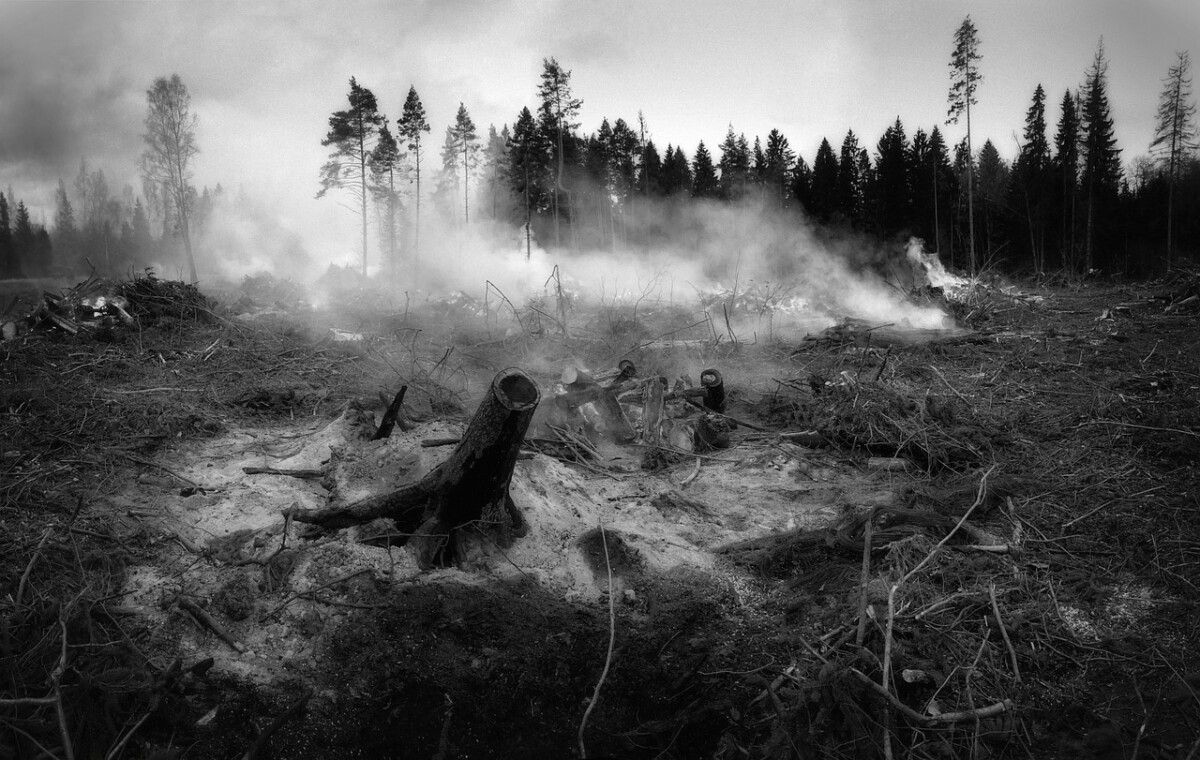Professional Equipment Creates Blazing Heat That Changes Everything

The heart of every restaurant’s cooking superiority lies in equipment that home kitchens simply can’t match. Your home stove simply can’t match the BTU power of commercial equipment, and this difference isn’t just about faster cooking – it fundamentally transforms how food behaves. A lot of restaurants store their pans in a hot oven during service so they’re piping-hot when needed. That, on top of how much stronger restaurant burners are, makes for an intense heat than most consumer ranges cannot achieve.
The science behind this heat advantage is all about the Maillard reaction. The purpose of high temperature cooking is to activate the Maillard reaction. It is a chemical reaction that occurs when you reach around 280-300 degrees F (140-150 degrees C) when cooking, though it can begin at temperatures as low as 230°F (110°C). A blazing-hot skillet gives proteins a crust while locking in juices, creating that perfect contrast between crispy exterior and tender interior that home cooks struggle to achieve.
The Secret Art of Compound Butters Transforms Simple Dishes
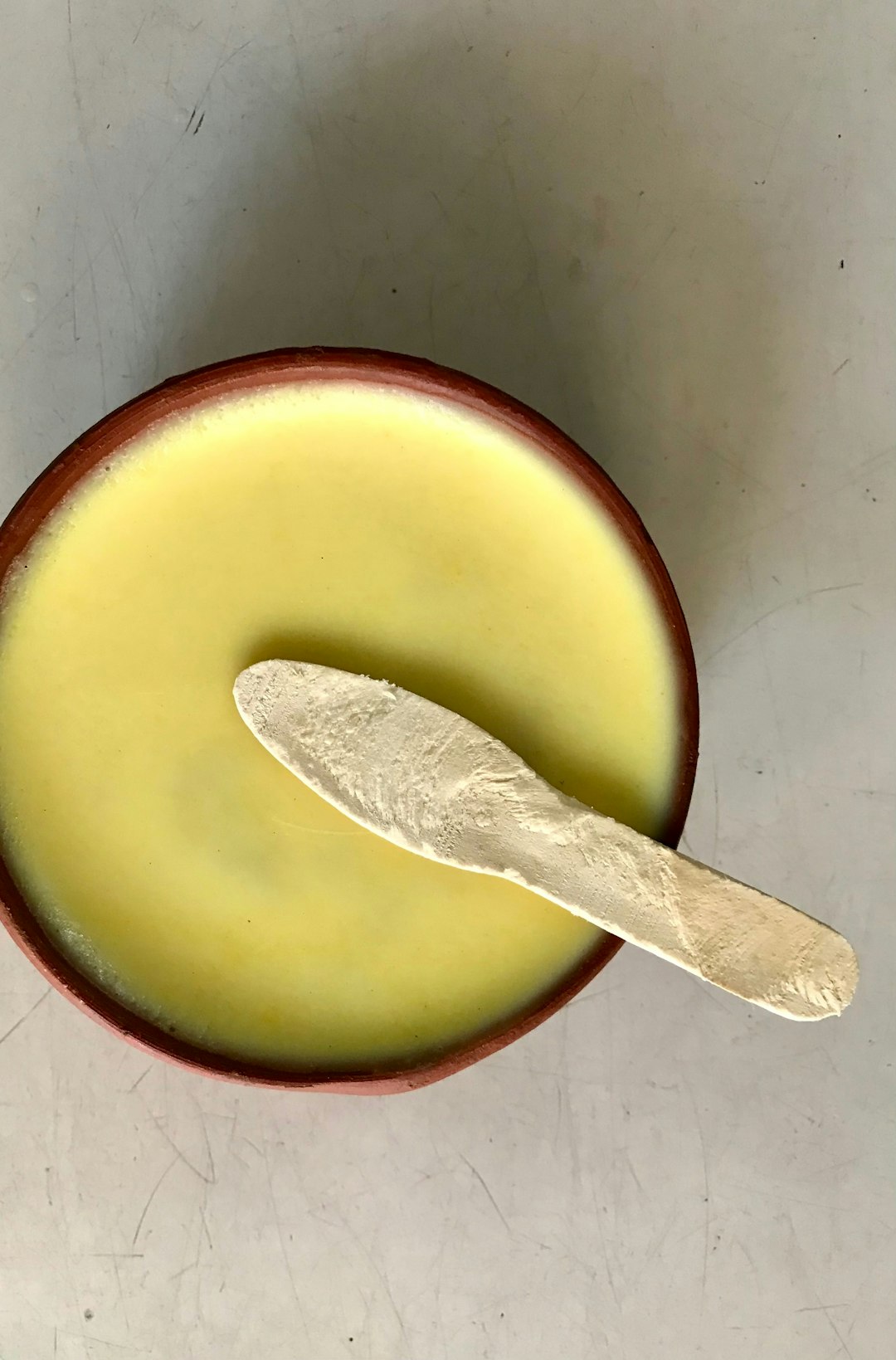
Walk into any professional kitchen and you’ll find a refrigerator stocked with dozens of different flavored butters that most home cooks never think to prepare. You know that magical finishing touch that makes restaurant vegetables shine? It’s not just regular butter. Restaurant chefs prepare compound butters days ahead, mixing herbs, garlic, wine reductions, and other flavor boosters into softened butter. These aren’t just convenience items – they’re strategic flavor weapons that instantly elevate any dish.
The technique behind proper compound butter usage goes beyond simply mixing ingredients. This adds richness and creates a velvety texture without making the sauce heavy. This is one of my favorite restaurant secrets: If you want a tomato sauce to taste richer and have a glossy sheen, swirl in a pat of cold butter right before you serve the sauce. In classical French cooking, this is called monter au beurre. It’s the easiest way to amp up the flavor of a sauce with little to no effort. Home cooks typically add plain butter at the end, but professionals understand that infused butters create layered complexity that’s impossible to achieve any other way.
Pasta Water Becomes the Ultimate Sauce Creator
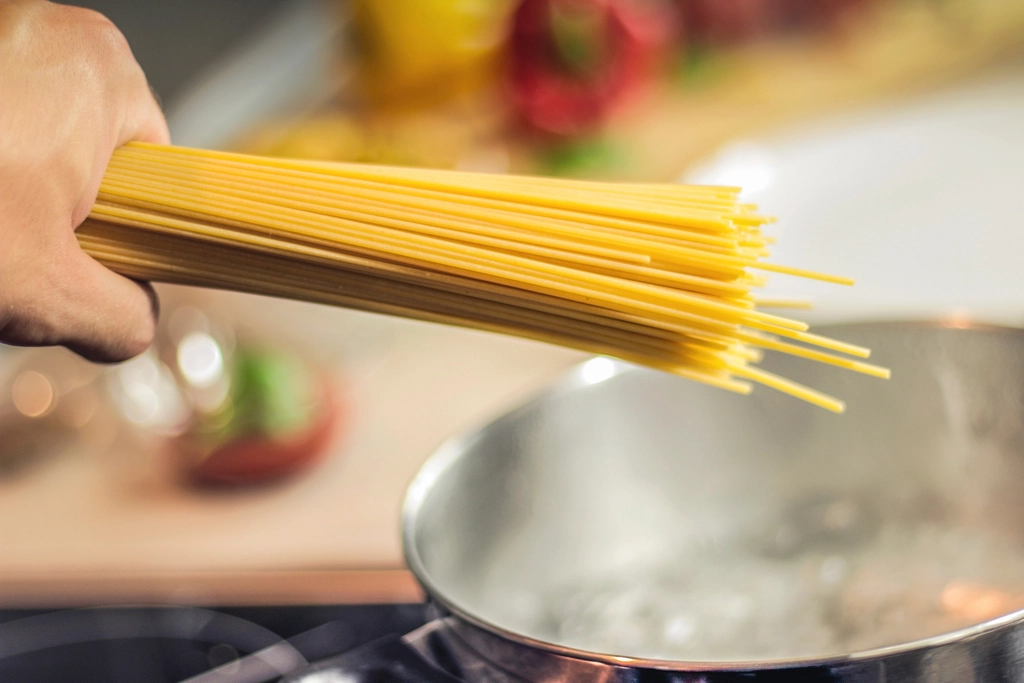
Most home cooks pour precious liquid gold straight down the drain without realizing it. Here’s something that’ll blow your mind about Italian restaurants. Professional Italian kitchens always reserve pasta cooking water before draining. This starchy water helps sauce cling to pasta and creates a silky consistency. It’s much better than adding plain water to thin out a sauce. The starch content in pasta water acts as a natural emulsifier, binding oils and fats into smooth, glossy sauces.
The starch that comes off the pasta and into the water helps emulsify the garlic butter and Parmesan into a creamy sauce, creating that restaurant-quality finish that seems impossible at home. Professional chefs understand the precise timing and ratio – typically 1/2 to 1 cup of reserved pasta water, depending on the amount of pasta and sauce. Never drain your pasta without reserving some starchy cooking water. It turns the butter into a sauce and helps to thicken. This technique works with virtually any pasta preparation, transforming simple ingredients into restaurant-caliber sauces.
Layered Seasoning Creates Depth Most Home Cooks Never Achieve
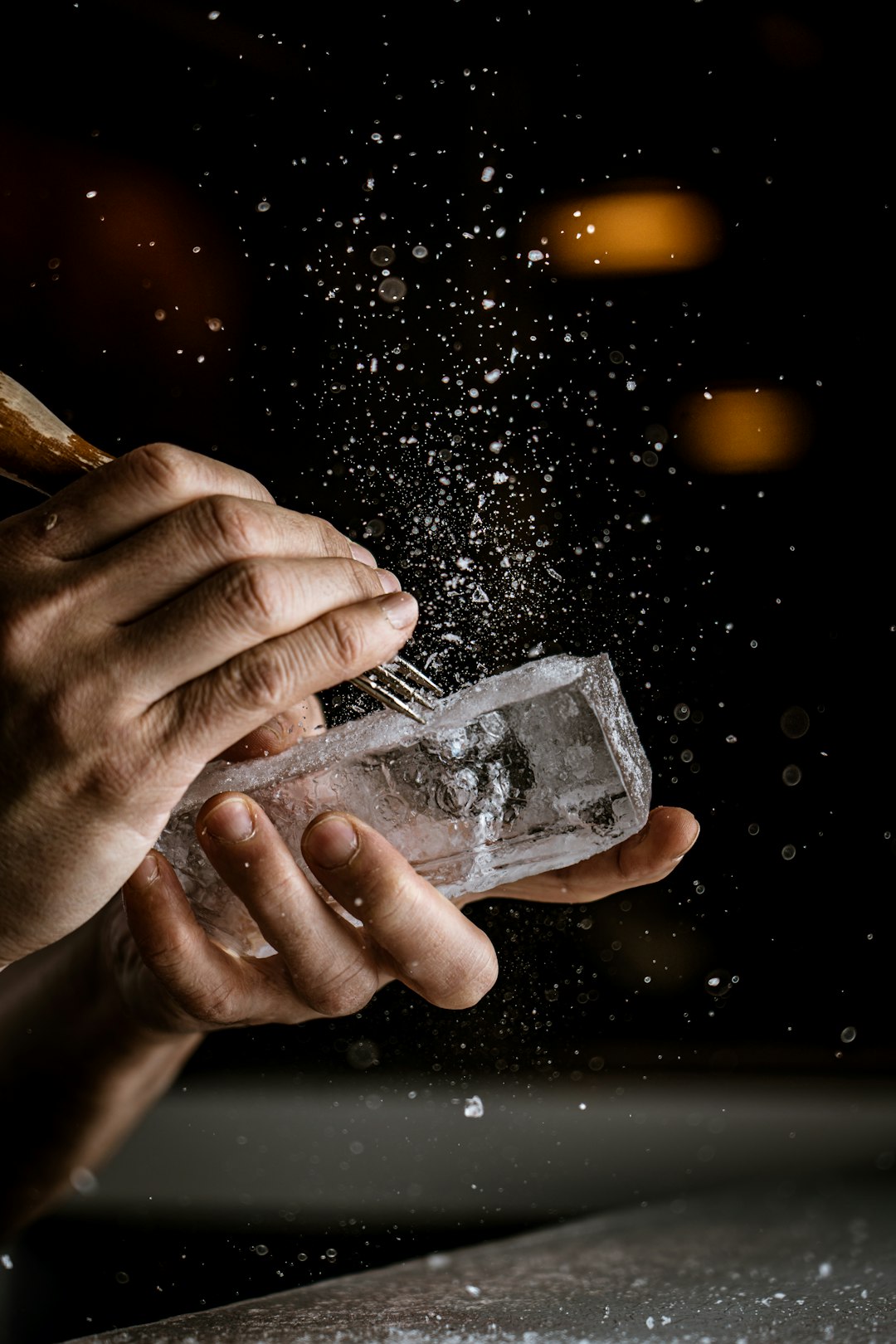
The biggest mistake home cooks make isn’t under-seasoning their food – it’s seasoning at the wrong times. If you wait until the end to add salt, your food will taste salty instead of seasoned. Instead, salt as you go. By the end of the cooking time, you’ll create a set of nuanced layers of flavor that will make your food stand out. Restaurant professionals season at multiple stages, building complexity throughout the cooking process rather than dumping salt on finished dishes.
Layered salting creates complexity in flavor. Chefs season meat before it cooks, season pasta water generously, and add finishing salt right before plating. These small steps build flavor throughout the cooking process instead of just on the surface. Home cooks who only add salt at the end often end up with food that tastes one-dimensional. This approach extends beyond salt to include acids, herbs, and aromatics added at specific moments to maximize their impact on the final dish.
Blanching and Shocking Keeps Vegetables Restaurant-Perfect
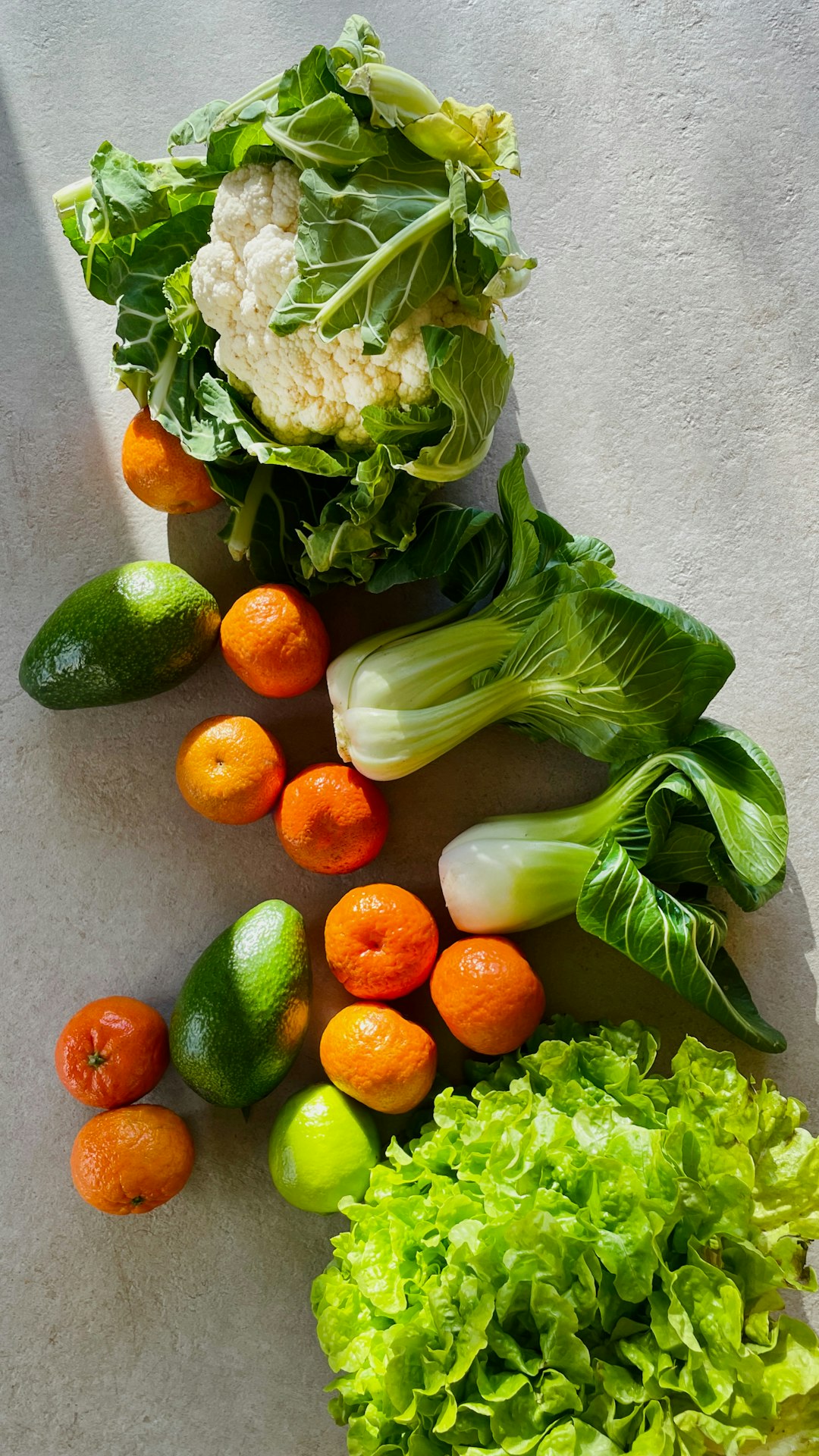
The vivid green vegetables you see in restaurants don’t happen by accident – they’re the result of a technique called blanching and shocking that most home cooks skip entirely. Restaurants rely on blanching and shocking vegetables to lock in color and crunch. Vegetables are briefly boiled, then plunged into ice water to stop cooking instantly. This preserves their natural vibrancy and prevents them from going mushy. This isn’t just about appearance – the rapid temperature change preserves nutrients and creates that perfect tender-crisp texture.
The science behind this technique involves stopping enzymatic reactions that continue cooking vegetables even after they’re removed from heat. At home, skipping this step often leads to dull or overcooked greens. The technique is especially common for vegetables used in salads or side dishes. Professional kitchens batch-prepare vegetables this way during prep time, then quickly reheat them in butter or oil during service, ensuring every plate gets perfectly cooked vegetables in seconds rather than minutes.







